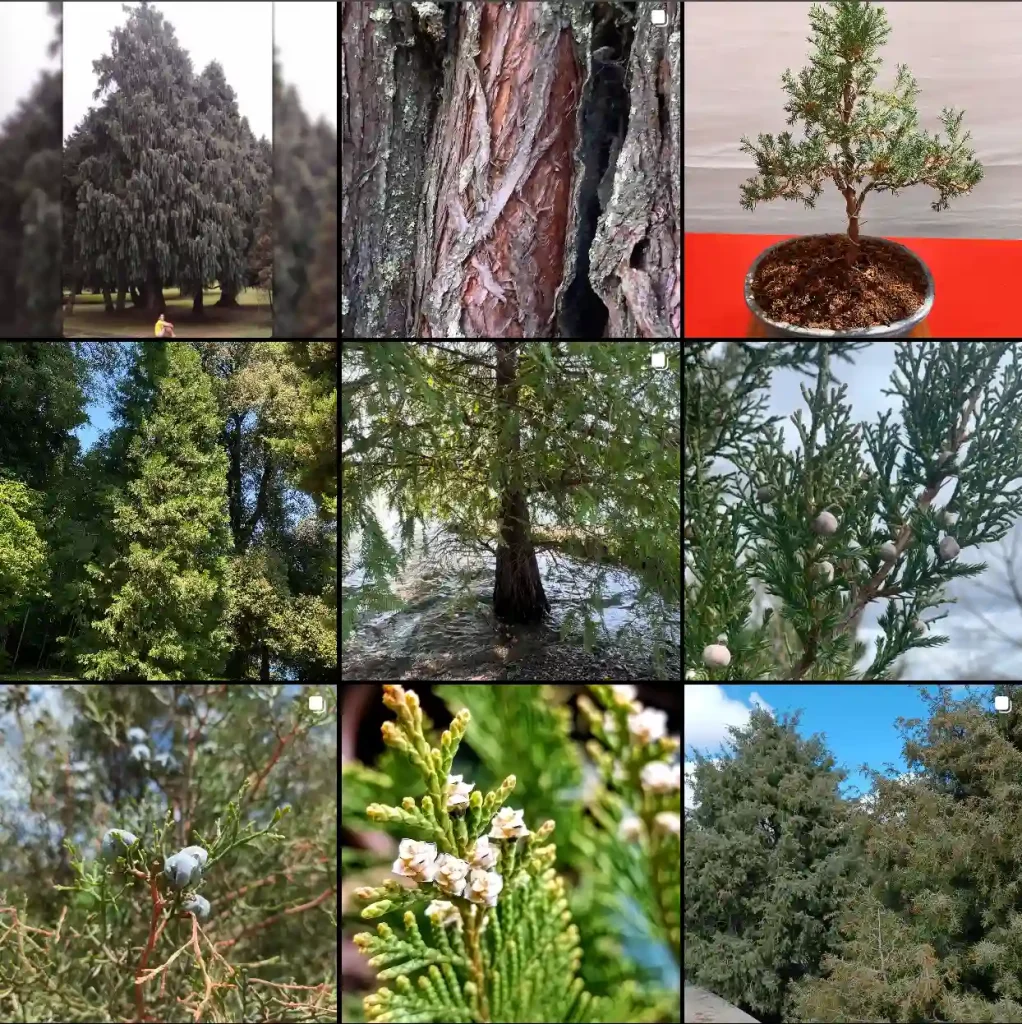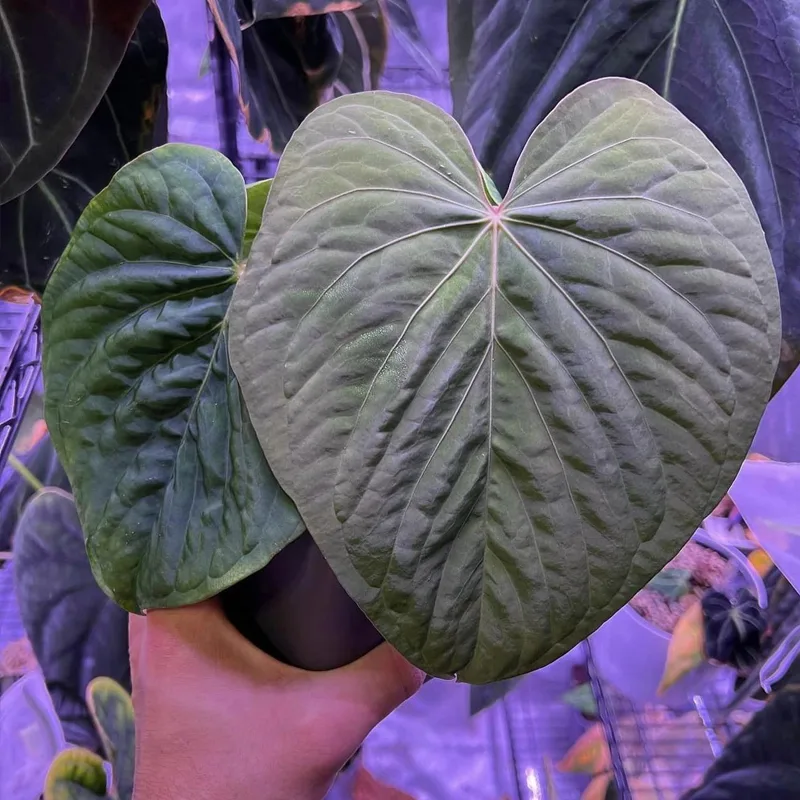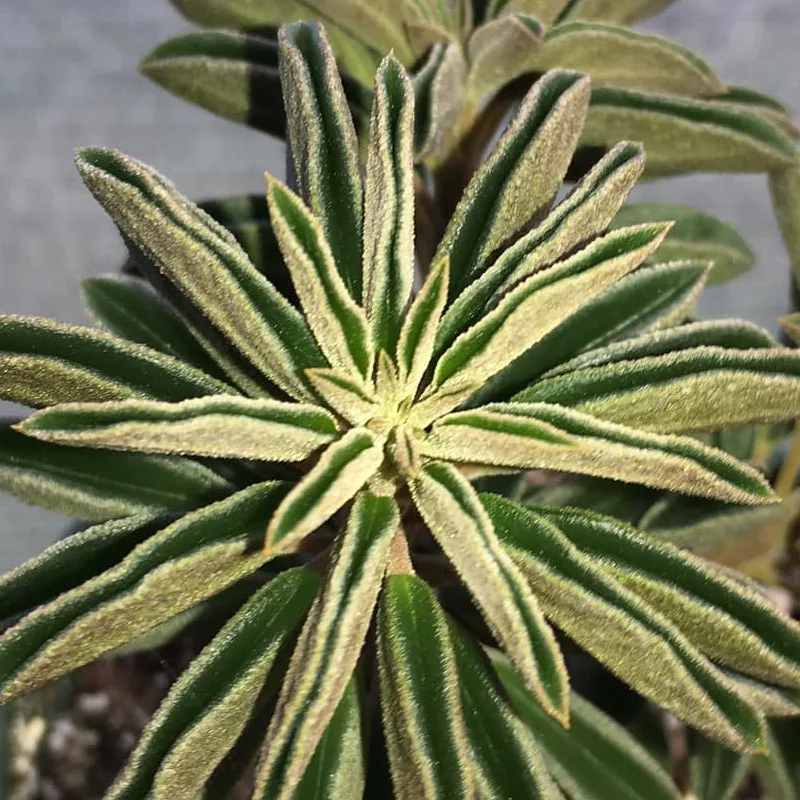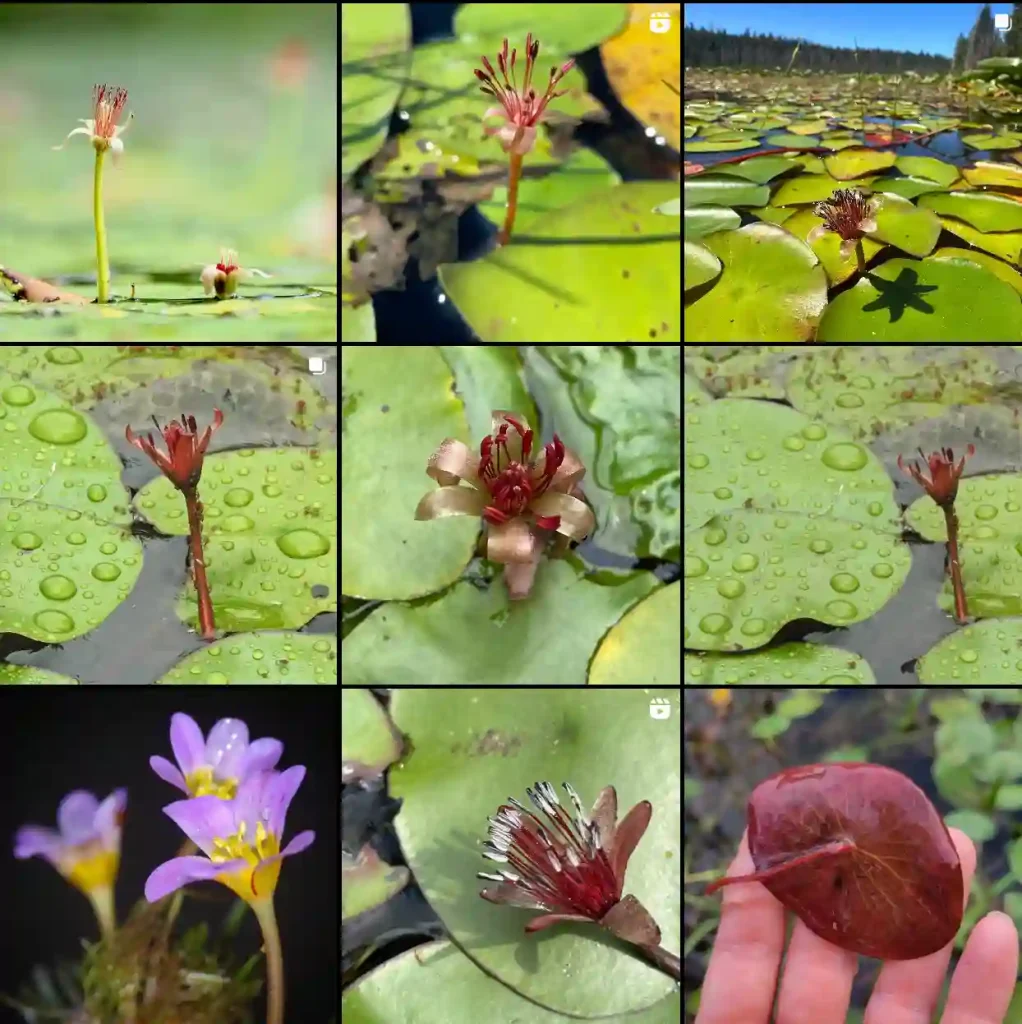Peperomia Quito: A Vibrant and Easy-Care Houseplant
Hi, Ferb Vu here! Today, we’re diving into the world of the Peperomia Quito, a captivating little houseplant with a big personality. This beauty boasts stunning foliage and requires minimal upkeep, making it perfect for busy plant parents or beginners.
Whether you’re a seasoned gardener or just starting your indoor jungle journey, the Peperomia Quito is sure to steal your heart. Let’s explore everything you need to know about caring for this unique gem.
1424 Species in Genus Peperomia
What Exactly is a Peperomia Quito?
The Peperomia Quito is a captivating variety of the Peperomia genus, known for its evergreen foliage and compact size. It hails from the Piperaceae family and is native to the majestic Andes Mountains in Ecuador. Just like its namesake, the capital city of Quito, this plant bursts with vibrancy.
The Peperomia Quito is a visual treat. Its heart-shaped leaves are the true stars of the show. They’re not your typical flat leaves – these beauties are adorned with deeply ridged veins that create a captivating textural contrast. The leaves boast a stunning color palette, often featuring a blend of orange, pink, and bronze tones. Imagine miniature, textured hearts with a vibrant sunset glow!
This little charmer also produces dainty white flowers that sprout from narrow, mouse-tail-like spikes. While not as showy as the foliage, the flowers add a delicate touch to the plant’s overall charm.
How to care for Peperomia Quito?
Light Up Its Life: Illuminating the Peperomia Quito’s Needs
When it comes to light, the Peperomia Quito prefers bright, indirect light. Think dappled sunlight filtering through a sheer curtain. Direct sunlight can scorch the leaves, so avoid placing it on a south-facing window sill. Conversely, too little light can make the leaves lose their vibrancy. If you notice the stems getting leggy and the leaves losing their color, it might be a sign your plant needs a brighter spot.
Watering Wisdom: Keeping Your Peperomia Quito Hydrated
Here’s the beauty of the Peperomia Quito: it thrives on neglect (to a certain extent!). These little troopers prefer their soil to dry out slightly between waterings. Overwatering is a major enemy, as it can lead to root rot.
Here’s a simple trick: stick your finger into the soil. If the top inch feels dry, it’s watering time. During the warmer months, you might need to water more frequently, but always err on the side of underwatering.
Finding the Perfect Place: Ideal Temperature and Humidity
The Peperomia Quito is a happy camper in average household temperatures between 15-25 degrees Celsius (59-77 degrees Fahrenheit). It’s not a fan of extremes, so avoid placing it near cold drafts or heat vents.
As for humidity, this adaptable plant tolerates a wide range. Average household humidity levels are perfectly fine. However, if you live in a particularly dry climate, you can occasionally mist the leaves with filtered water to provide a little extra moisture boost.
Soil Secrets: The Foundation for a Thriving Peperomia Quito
Your Peperomia Quito needs well-draining soil to prevent waterlogging. A good quality organic potting mix amended with perlite or pumice will do the trick. These amendments help ensure proper drainage and aeration, allowing excess water to escape freely.
Feeding Frenzy: Does the Peperomia Quito Need Fertilizer?
The Peperomia Quito is not a heavy feeder. A slow-release fertilizer applied once or twice during the growing season (spring and summer) is sufficient. Opt for a balanced fertilizer diluted to half strength. During the winter months, fertilizing can be stopped altogether.
Keeping it Compact: Pruning Your Peperomia Quito (Optional)
Pruning is not strictly necessary for the Peperomia Quito’s health. However, if you want to maintain a bushier, fuller plant, you can pinch off leggy stems or remove any leaves that appear damaged or diseased. Pruning also encourages new growth, making your plant even more vibrant.
Propagation Power: Multiplying the Peperomia Quito
The Peperomia Quito is a propagation champ! You can easily create new plants from leaf or stem cuttings. Here’s a quick guide:
- Leaf Cuttings: Take a healthy leaf with a short petiole (stalk) attached. Dip the petiole in rooting hormone (optional) and plant it in a pot with moist, well-draining soil. Keep the soil moist and provide bright, indirect light. New growth should emerge in a few weeks.
- Stem Cuttings: Choose a healthy stem with a few nodes (leaf junctions). Cut it just below a node and remove the lower leaves. You can either dip the stem in rooting hormone (optional) and plant it directly in a pot with moist, well-draining soil, or place it in water until roots develop before planting. Keep the soil moist (not soggy) and provide bright, indirect light. New growth should appear from the nodes in a few weeks.
Common Peperomia Quito Concerns: Troubleshooting Tips
Leaf Loss: If your Peperomia Quito is losing leaves, it could be due to underwatering, overwatering, or insufficient light. Check the soil moisture and adjust your watering routine accordingly. Ensure the plant receives bright, indirect light.
Leggy Growth: This is a sign your plant is reaching for light. Move it to a brighter location.
Discolored Leaves: Yellowing leaves can indicate overwatering. Brown or crispy leaves could be caused by underwatering or sunburn from direct sunlight.
Pests and Diseases: Thankfully, the Peperomia Quito is relatively pest and disease resistant. However, keep an eye out for common houseplant pests like mealybugs or fungus gnats. If spotted, isolate the plant and treat it with insecticidal soap or neem oil solution.
Peperomia Quito vs. Other Popular Houseplants: Picking Your Perfect Plant
Pothos: Both are low-maintenance plants, but the Pothos thrives in lower light conditions compared to the Peperomia Quito’s preference for bright, indirect light.
Snake Plant: Similar light needs but the Snake Plant offers a more architectural form with its upright, sword-shaped leaves.
ZZ Plant: Another low-light champion, the ZZ Plant boasts glossy, dark green leaves and requires even less watering than the Peperomia Quito.
Ultimately, the best plant for you depends on your lifestyle and light conditions. But if you’re seeking a vibrant, low-maintenance houseplant with unique textured foliage, the Peperomia Quito is a perfect choice!
So, there you have it! With a little care and attention, your Peperomia Quito will thrive and add a touch of vibrancy to your home. Happy planting!
If i die, water my plants!



